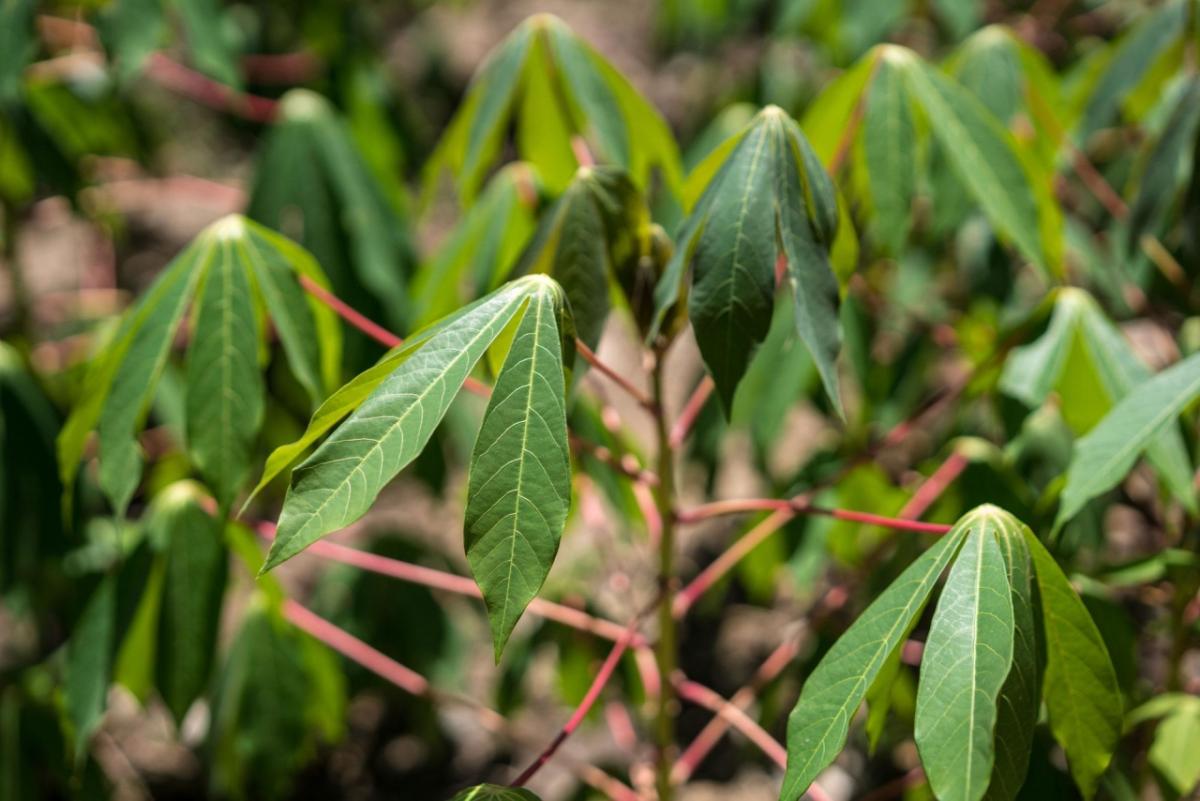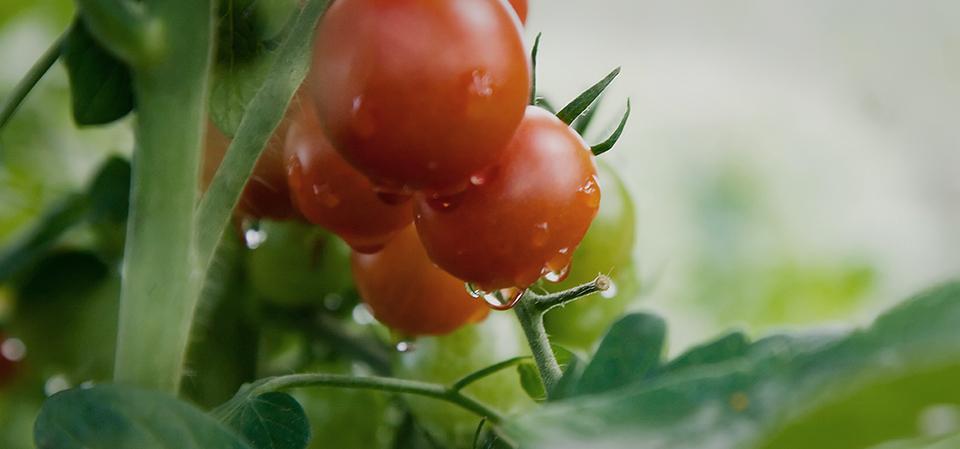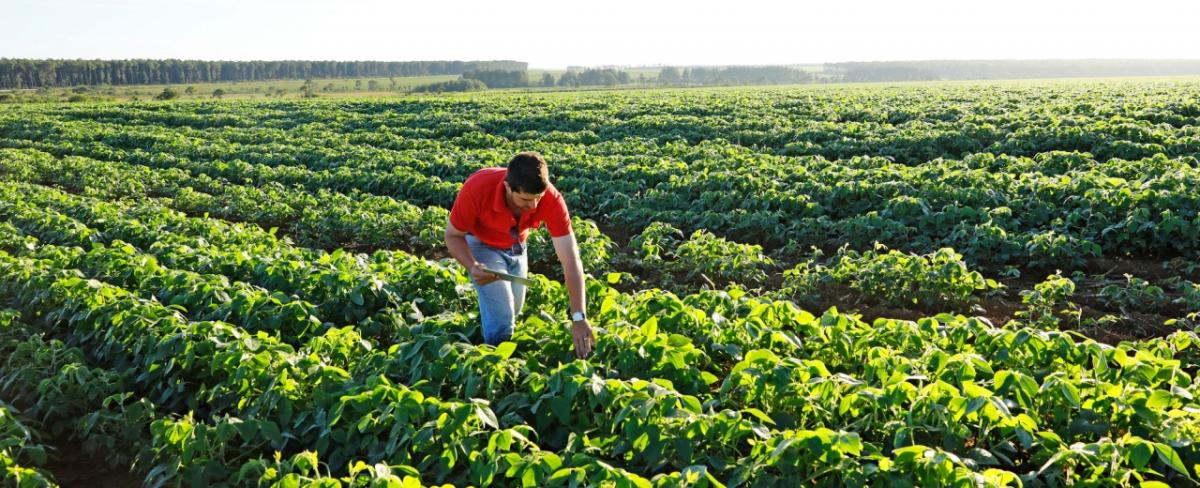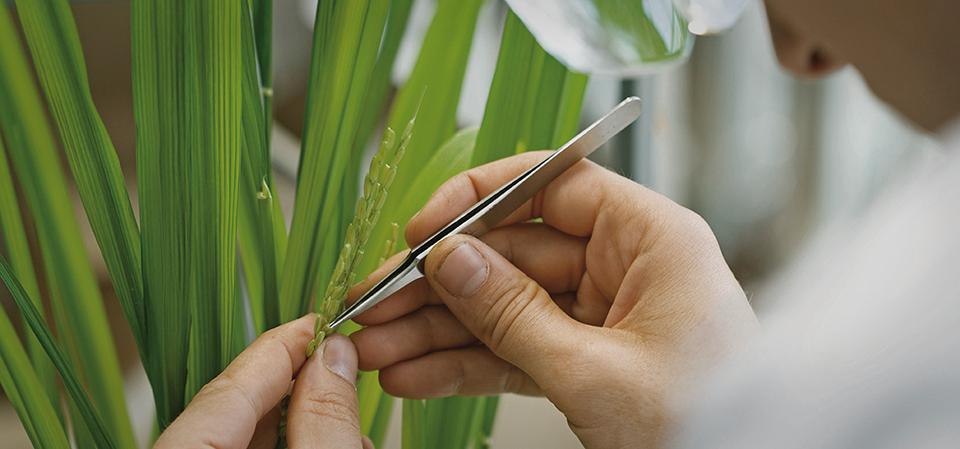Advanced Breeding: Making the Most of Every Resource
Plants have clever ways of defending themselves.
In fact, the smell of freshly cut grass is not only a sign of spring but a remarkable example of evolution. Your lawn is actually sending out a distress signal in the form of this unmistakable aroma. The grass assumes the lawnmower blade is an insect feeding on the plant and responds by releasing a scent that will attract beneficial predatory insects to deter the pest.
In many regards, “plant breeding” is the study of special abilities like this. Some plants are exceptional at withstanding drought, resisting insects, fighting disease, or contending with invasive weeds. Plant breeders search the natural world in hopes of finding varieties that have adapted unique and remarkable methods of survival. This natural evolution of plants then informs new generations of crops.
Finding and sharing positive traits
Plants have a much greater awareness of their surroundings than many originally thought. For example, when an insect lands on a variety of Peruvian tomatoes, tiny hairs on the vine release a sugar that deters the pest from feeding or laying eggs on the plant.
Plant breeders have started to cross these wild tomato plants with other varieties, helping them to inherit this defense. Plant breeders are also experimenting with how the texture of leaves can make landing on the plant more difficult for insects. Mint, basil, and tomato varieties are all being explored by plant scientists for their ability to deter insects in this manner.
Plants that tell stories
By crossing over a dozen different varieties of cassava (a starchy root commonly eaten in Africa), plant breeders have created several disease-resistant lines of this important crop.
Known as “systemic acquired resistance,” breeders study the immunity response of many generations of plants. In a sense, their immunology tells a story — breeders look deep into the genetics of these plants to learn how past generations have adapted to a pathogen. They then use this as a roadmap to help new varieties inherit this characteristic.
A weedy conflict over territory
Many plants have adapted by not giving a single inch to the competition. Crops that can grow close together and prevent sunlight from reaching the soil create a natural defense from invasive weeds. After observing varieties of soy that spread over the soil, plant breeders determined these varieties could create a helpful mechanism for suppressing weeds.
By creating a canopy to block the sunlight, certain soy varieties can discourage weed growth and deny invasive pests the resources needed to grow.
Growing corn to combat drought
Over decades of research, plant breeders have discovered a number of characteristics that can help a crop withstand periods without rainfall. One key area of progress has centered around varieties of maize with deep and robust root systems.
Researchers selected this characteristic for breeding to help the crop reach further into the soil to acquire water. The increasingly erratic weather patterns brought on by climate change make drought-tolerant and insect-resistant traits even more essential for farmers around the globe.
Supporting farmers through collaboration
At Bayer, we’re involved in many projects and programs, such as the Modern Breeding Project and Plant Breeders without Borders, which are dedicated to advancing agricultural science and creating a positive impact for farmers. For example, our long-standing partnership with TELA (formerly WEMA) is focused on creating drought-tolerant and insect-protected maize varieties in Sub-Saharan Africa. By providing research, technical expertise, and both drought-tolerant and insect-resistant traits on a royalty-free basis, we can enhance food security for farmers and their families.
“We recognize that smallholder farmers can have a big impact in eradicating hunger in ways that are sustainable for the environment and our communities,” states Mike Graham, Head of Plant Breeding for the Crop Science division of Bayer, “Thanks to the tremendous efforts and achievements of these public-private partnerships, we’re making progress to sustainably deliver seeds that can help improve harvests, reduce hunger, and improve economic conditions.”
Evolving our ideas inspired by nature
For millions of years, the natural world has adapted many remarkable and effective methods of survival. Plant breeders set out to discover these special traits and use this knowledge to help farmers make the most of every resource. Using inspiration found in the ecosystem, plant breeders across modern agriculture are adapting plants to manage insects, drought, weeds, and disease in new and more effective ways.





